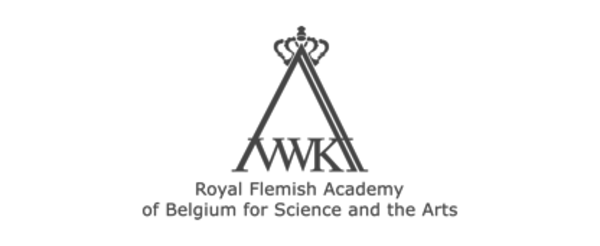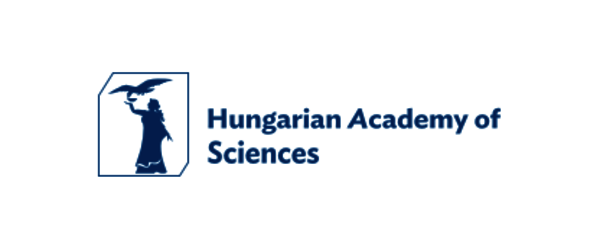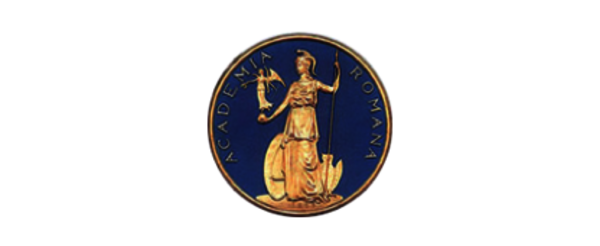How We Work
EASAC's working structure centres around enabling contributions from Europe's top scientists to important questions of EU policy-making

Basic Structure
EASAC is a network of the National Academies of Science of the EU Member States, Norway, Switzerland and the UK. EASAC's governing body is Council, consisting of the representatives of EASAC member academies. The EASAC President works together with five Vice-Presidents in EASAC Bureau. The day-to-day business of EASAC is handled by a professional Secretariat.
Science-for-Policy Advice
EASAC's work of independent science-based advice for policy-makers is focused on three core programmes: Energy, Environment and Biosciences. Each of these is run by a Programme Director and a Steering Panel consisting of highly experienced scientists nominated by EASAC member academies. Members of the Steering Panels are chosen solely for their expertise in the respective field and together they advise EASAC about potential projects and help build relations with key scientists and policy-makers within the EU.
After a project has been scoped and recommended by a Steering Panel and approved by Council, a working group is formed through nominations by EASAC member academies. Through an average of 2-3 working group meetings and extensive electronic exchange the working group compiles a report, which then goes through a thorough peer review process and is finally circulated to all EASAC member academies for endorsement. Sometimes, when there is not much time to produce advice or when EASAC wants to address a relatively narrow topic, a shorter document is produced, called a statement. Sometimes, the key messages of EASAC reports and statements form the basis of EASAC articles in scientific journals. (See here for a list of all EASAC reports and statements.)
Learn more about EASAC’s latest science-for-policy work here: https://science-advice-europe.eu/





























